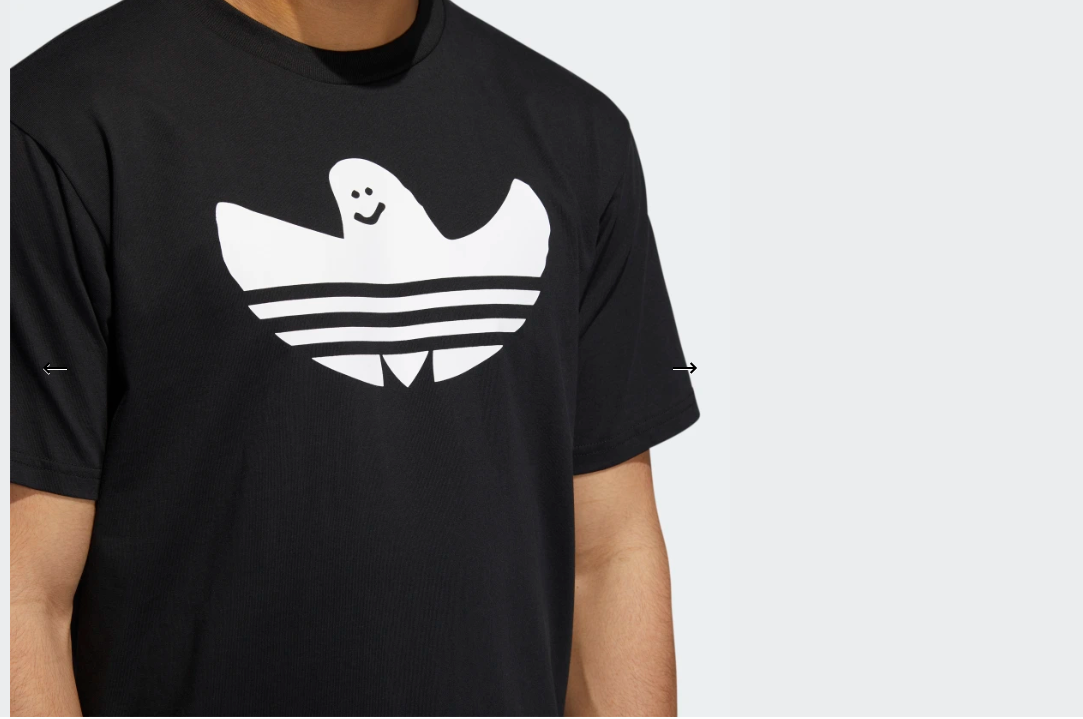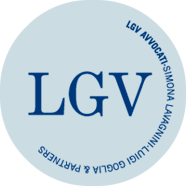PARODY: THE UMPTEENTH “STRESS TEST” FOR THE PROTECTION OF RENOWNED BRANDS
04/10/2019
The Criminal Supreme Court held that the parodistic reproduction of well-known trademarks was legitimate given the unsuitability of the seized products to create confusion among the public as to their origin, since it did not consider integrated the offenses referred to in articles 473 and 474 of the Italian Criminal Code.
The history
The case concerns the marketing of “FAKE LAB” branded clothing in which famous brands are reproduced – ironically – without the (obvious) authorization of the rights holders. Following the seizure of products bearing said trademarks and the subsequent validation of the precautionary measure adopted for violation of Articles 473 and 474 of the Criminal Code, the question has reached the criminal section of the Supreme Court, which was faced with the tricky issue of “parodistic” reproduction of well-known trademarks.
Decision of the Court
The Court held that the parodistic (i.e. artistic/descriptive) reproduction by “FAKE LAB” of third parties’ well-known mark was lawful, since the public would not be confused about the entrepreneurial origin of the goods in view of the unsuitability of the goods seized for confusion with the “originals”. According to the Court, the reproduction of the well-known mark of others is lawful whenever the mark is used with obvious ironic and parodistic purposes for the creation of new and original products (as in the case of “FAKE LAB”). Such forms of reproduction would be suitable to exclude the confusion between products and consequently the criminal offenses referred to in Articles 473 and 474 of the Criminal Code against the simple parodistic reproduction of well-known trademarks. This is because the primary function of the mark, i.e. the indication of origin, would not be affected (on the assumption that consumers would be able to understand that they were about to buy a parody of the original and not the original itself).
Contrasting decisions
The decision of the Supreme Court, although made in criminal matters, is intended to rekindle the jurisprudential and doctrinal debate on the free use of trademarks for periodical/satirical purposes, especially in relation to well-known trademarks. The confirmation of the uncertainty in which the free parodistic uses of trademarks are found is given by the reading of the recent case law of the same Criminal Court of Cassation which, a few weeks before the decision in question, ruled oppositely in relation to the appeal of a items’ seizure bearing the trademark “FAKE LAB” (yes, the same trademark), considering – in contrast to the decision commented on here – that the offence under Article 474 of the Criminal Code existed (Court of Cassation, Penal Court Section II, 07.11.2018 no. 9347 in the on-line database DeJure). In said decision, the Court specified that the protection of Article 474 of the Criminal Code does not concern the determination of the individual purchaser in the purchase, but it concerns the public faith, i.e. the trust of citizens in the authenticity of the distinctive signs. It would have derived that, only in the case of gross forgery or if any danger of confusion on the part of the purchaser were totally excluded, the punishability of Article 474 of the Italian Criminal Code could have been excluded.
Parody of well-known trademarks in civil law and doctrine
The debate about the legitimacy of the periodistic/satirical use of well-known trademarks first arose in the civil path and has also recently been strengthened by some new regulations. The new EU trademark directive 2015/2436 (also mentioned by the Court of Cassation in the decision at stake) invites Member States to consider “artistic” uses of registered trademarks legitimate if their use complies with the principles of professional correctness and therefore cannot generate a danger of confusion about the entrepreneurial origin of the products (recital 27). This clarification is not yet present in the current Italian Industrial Property Code. In the absence of a normative provision, the doctrine and the jurisprudence have historically tried to make such uses fall within the legitimate ones according to the art. 21 c.p.i. (as creation of copyright). However, from the analysis of the cases submitted to the Italian Courts, it emerges that the object of the parody (as in the case of FAKE LAB) have always been well-known trademarks, i.e. trademarks protected not only against confusable uses but also against uses that could prejudice the image of the trademark or give an undue advantage to the abusive user. On this point, it is enough to recall the “AGIP/ACID” case in which the image of the famous six-legged dog was associated with the wording “ACID” on T-shirts. On that occasion, the Court of Milan (Trib. Milano 4.3.1999, in Giur. ann. dir. ind. 3987) held that, in order to determine the infringement, it should have been ascertained that the image of the notorious parodied mark had been damaged and not simply confused between the products (which, even in that case, had not been considered to exist). In the same sense, reference could be made to the decisions of the Court of Rome in the “GAMBERO ROSSO/GAMBERO ROZZO” case (Trib. Roma, 4.2.2010, in Giur. ann. dir. 2010 p. 198) or of the Court of Turin “DIESEL/PORCO DIESEL” (Trib. Torino, 9.3.2006, in Giur. ann. dir. 2007 p. 149) in which, although excluding counterfeiting, the periodical mark was considered to be detrimental to the image of the parodied mark because it was well known. Recently, the Court of Milan, in the “LOUIS VUITTON/GOLDEN BOYS” case (Trib. Milano, 14.9.2012, in the online database Darts.ip), clarified that renowned trademarks carry not only a message of entrepreneurial origin of the marked products but also a further message, namely the promise of a status, a philosophy, a luxury from which the bearer benefits. According to the Court of First Instance, this message must also be protected against periodical uses that may undermine the exclusivity of the renowned trademark by giving an unfair advantage to the sign of the parodying subject.
Parody in copyright
In this context, the typical defense of infringers is represented by the assertion that the parody of the well-known mark is lawful also based on the provisions of copyright as an “original” creation affixed in a decorative sense and not as a trademark to the product. This statement is based on the creative elaboration of a protected work (art. 4 l.a.) or in the exemption of the purpose of criticism (art. 70 l.a.) and in the freedom of expression constitutionally guaranteed under art. 21 Cost. The Italian jurisprudence (Trib. Milano 1.2.2001, in AIDA 2001 pag. 659 and Trib. Milano 13.9.2004, in AIDA 2005, pag. 551) has on several occasions considered the parody legitimate if it can be a conceptual reversal of the original work so as to prevent any assimilation to the work of derivation, or if the parody – while inspired by the original work – transforms it to such an extent as to make it creative and with a new expressive meaning. In the absence of these elements, we would not be faced with a lawful periodical use of a work but with a trivial counterfeiting, able not only to damage the economic exploitation rights of the author but also (in some cases) his moral rights.
Parody and other public interests
With regard to the infringement of the author’s moral rights or of the entrepreneur’s commercial image on the market, further consideration should be given to whether the parody, even if it is lawful on the basis of what has been discussed, is not capable of damaging the interests of third parties or whether it may be contrary to public morals. In some circumstances, in fact, parody can go beyond the boundaries of public morals, resulting in swearing, blasphemy and images contrary to any morals and capable of damaging (in case) the image of others. Just think of the aforementioned judicial case “DIESEL/PORCO DIESEL” or the proliferation of social pages dedicated to parody and satire that can be considered, in most cases, contrary to public morality (think of www.instagram.com/welcometofavelas__/?hl=it). In these cases, we can only classify the parody trademark as radically illegitimate also because it is contrary to public morality.
Conclusion
The judgment of the Court of Cassation commented does not seem to be able to put an end to the debate on the parody of the use of the trademark of others, which remains a particularly insidious terrain, in the light of the existing jurisprudential contrasts and the many issues that must be analyzed in order to assess the circumstances of the case. On the other hand, it is clear that the trend of periodical use of the trademark is constantly growing and that soon our Court will be called to a new “stress test” on the resistance of renowned trademarks against their use in parodied form. We do not yet know what the counter-promotions studied by the owners of well-known brands in court will be; from a commercial point of view, an interesting orientation seems to be emerging, according to which the owners of the brands themselves produce parodied versions , as can be seen in the recent use of the ADIDAS brand by the German fashion house:
https://www.adidas.ch/it/t-shirt-shmoo/EC7373.html

